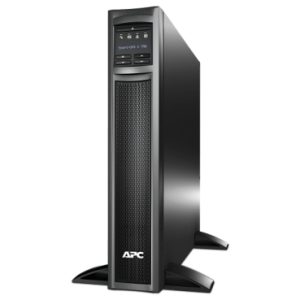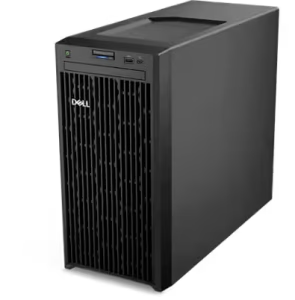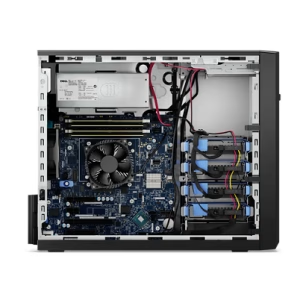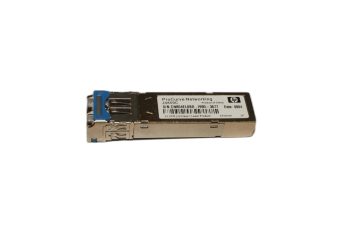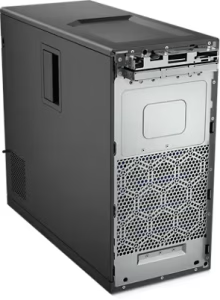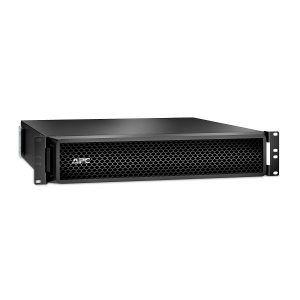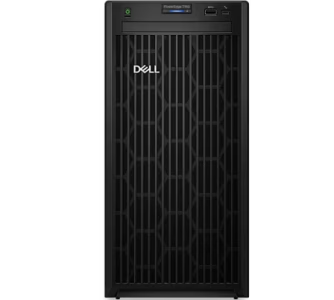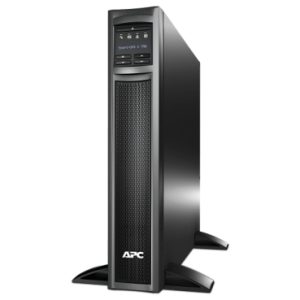server hardware replacement
server hardware replacement
Introduction: The Critical Role of Reliable Server Hardware
In today’s digital-driven world, servers are the backbone of business operations, powering everything from websites and applications to databases and cloud services. However, even the most reliable servers experience wear and tear over time. Detecting early signs of hardware failure is crucial to avoid unexpected downtime, data loss, and costly repairs.
1. Frequent System Crashes and Unexpected Shutdowns
Servers that regularly crash, freeze, or reboot without warning signal underlying hardware problems. These issues often stem from failing RAM modules, motherboard defects, or corrupted power supplies, jeopardizing data integrity and system availability.
2. Decreased Performance and Slow Response Times
A sudden drop in server performance, including sluggish response to requests and increased latency, can indicate deteriorating components such as hard drives nearing failure or overheating CPUs struggling to maintain processing speeds.
server hardware replacement
3. Overheating and Cooling System Failures
Servers generate substantial heat, requiring efficient cooling systems. Persistent overheating despite active fans often means cooling components are failing or clogged with dust. Overheating risks permanent hardware damage and forced shutdowns to protect system integrity.
4. Unusual Noises from Hardware Components
Grinding, clicking, or buzzing sounds often indicate mechanical failure in hard drives or fans. Ignoring these auditory warnings can result in sudden hardware breakdowns and data loss.
server hardware replacement
5. Persistent Error Messages and Hardware Alerts
Repeated error logs, warnings, or alerts about hardware components (such as memory errors or power supply faults) indicate potential failure. Monitoring software or server management tools can help detect these signs early.
6. Aging Hardware Beyond Manufacturer Support
Using outdated server hardware no longer supported by manufacturers increases risks related to security vulnerabilities, incompatibility with new software, and difficulty sourcing replacement parts.
7. Insufficient Capacity to Meet Growing Demands
As your business scales, servers must handle increasing workloads. Constantly maxed-out CPU, RAM, or storage usage signals the need for hardware upgrades or replacements to maintain service quality and scalability.
server hardware replacement
Why Early Detection Matters
Proactively monitoring these signs helps IT teams plan maintenance or replacement schedules, minimizing unplanned outages and protecting business continuity. Choosing timely hardware replacement reduces emergency repair costs and safeguards valuable data.
Conclusion
Recognizing when your server hardware needs replacement is a key component of maintaining a reliable IT infrastructure. Regular health checks, combined with prompt action on warning signs, ensure optimal server performance and uninterrupted business operations.

